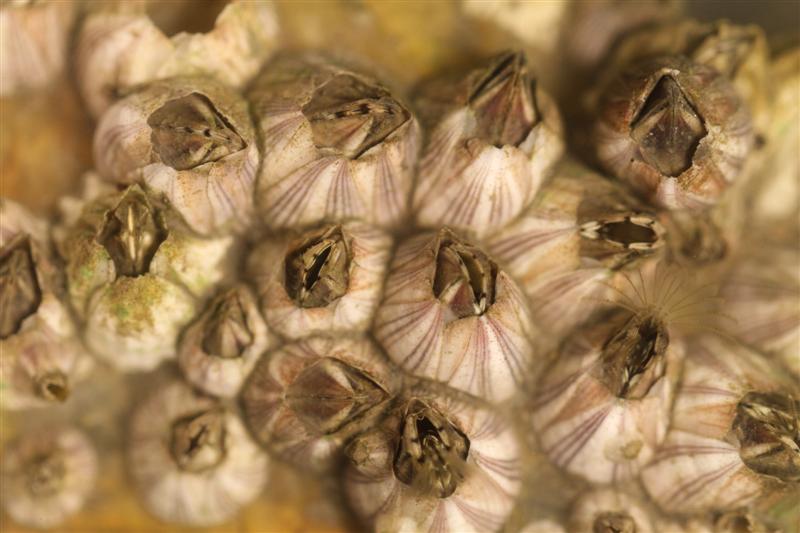Species in one continent can move to and thrive in another in a matter of days. In McGill’s backyard, mussels that have never been seen in Canada were discovered at the Old Port. With humans as their vessels, invasive species are continent-hopping at an alarming rate according to Associate Professor in McGill’s School of Environment, Anthony Ricciardi.
A study published recently in A Journal of Conservation Biogeography led by McGill University biology post-doc Emily Brown has identified non-native species across ports in Canada through sampling and DNA analysis. A soft-shelled clam never spotted in the arctic was found at Hudson Bay in Churchill and a barnacle that hasn’t been seen north of San Francisco popped up in Nanaimo, British Columbia. However, discovery of these non-native individual organisms does not mean that they are “invasive species.”
“Invasion refers to an organism arriving in a region where it has no evolutionary history, and establishing a self-sustaining, reproducing population,” Ricciardi said.
The species discovered in Canadian ports are in fact non-native, but not all have established reproducing populations—this means that many can’t be classified as invasive species at this point.
According to Ricciardi, it is unlikely that the non-native mussel species discovered so far away from its natural environment will be able to establish a reproducing population. This particular mussel is generally found in salty-waters, so Montreal’s freshwater port will most likely not provide the sustainable environment the mollusk needs to thrive. Regardless, the introduction of this mussel represents only a small drop in the ocean of global invasions since humans evolved. Without humans, this scope of global invasion events would be impossible.
In terms of the scale of damage they cause to the environment, the impact of invasive species has been compared to climate change.
“[In Canada] annual costs of invasive plants to the agricultural community are estimated at $2.2 billion,” the Invasive Alien Plants in Canada Summary Report wrote. “Forty-four speces at risk have been identified for which invasive plants appear to be factors in their at-risk [….] Infectious diseases, such as West Nile virus, affect both human and wildlife health, and invasive plants can provide breeding habitat for mosquitos, which carry the disease.”
Ricciardi discussed a 1973 study by Thomas M. Zaret and R. T. Paine of the University of Washington, who set out to observe the impact on native species after a large, carnivorous fish was introduced to a tropical lake ecosystem near the Panama canal. After the carnivorous fish was introduced, it ate most of the previously dominant, mosquito-eating fish that had never been prey—almost driving the native species to extinction. As a result, the population of mosquitos skyrocketed—as did the number of locals with malaria, when the nearly-extinct smaller fish no longer ate as many mosquitos.
The findings of the 1973 study showed how significantly the introduction of a single invasive organism can produce population changes on a range of trophic levels. Organisms in an ecosystem are generally linked in many ways and the introduction or extinction of just a single species can disturb the balance of an entire ecosystem.
A more recent example involves Antarctica, where over 200 documented invasive species have been discovered. Antarctica has seen a dramatic rise in human activity as a result of increasing research, eco-tourism, and other travel to the continent. Emperor penguins have been affected by salmonella as a result of humans bringing infected poultry to the continent. This boom in the number of invasive species prompted scientists to begin sampling visitors. The researchers found people were entering the Antarctic with insect eggs and plant seeds in the seams of their clothing and the mud in their boots.
The movement of humans has created an undeniable pattern of species invasions. Brown’s latest study can perhaps be used as a tool for the prevention and control of invasive populations.
A previous version of this article incorrectly referred to the publication year of the study "Species Introduction in a Tropical Lake" as 2006. In fact, the study was published in 1973.









